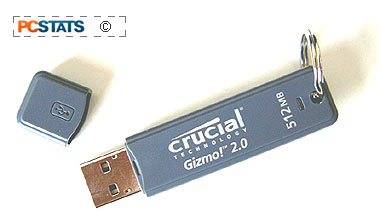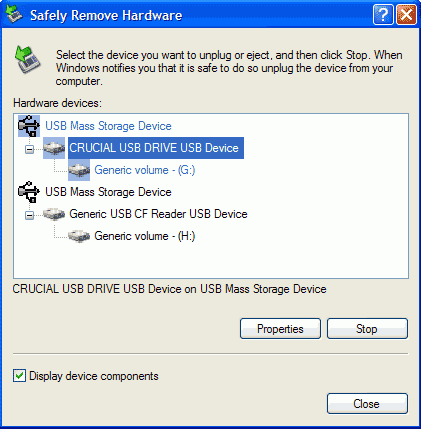Let's take a quick look at the various things that can go drastically wrong
with your flash memory devices and the data on them, in order of most to least
likely.
 Unsurprisingly, the most common cause of lost data when considering Flash memory-based
devices (or any other computer storage medium for that matter) is you.
Whether it's your three-year-old playing 1000 monkeys on the keyboard, or you not being at
your best at 3AM, mistakes happen.
Unsurprisingly, the most common cause of lost data when considering Flash memory-based
devices (or any other computer storage medium for that matter) is you.
Whether it's your three-year-old playing 1000 monkeys on the keyboard, or you not being at
your best at 3AM, mistakes happen.
Fortunately, accidentally deleted files are just as easy to recover from flash
media as they are from any other type of data storage, so this is a
comparatively easy problem to recover from.
A second source of 'missing' data on portable flash devices stems
from older USB-compatible operating systems like Windows 2000.
Some iterations of this
OS require portable drives to be stopped and ejected via the 'safely remove hardware'
wizard before any data is actually written to them. When data is
copied onto the portable media in this situation, Windows will show that it has
been copied, but will actually keep a log of the intended data transfer without
carrying it out. When a user 'properly' removes a portable drive
through the remove hardware dialog, the logged data transfer will be actually
performed and the files transferred to the device.

Trouble arises when users simply yank the USB media out of the
computer without using the safely remove hardware option. The intended file
transfer is never actually carried out and the files will not be present on
the device, even though they appeared to be transferred there while it was
attached to the computer. Fortunately, Windows XP does not generally
suffer from this issue, but it's a good idea to use the remove hardware dialog when
you want to be absolutely sure.

